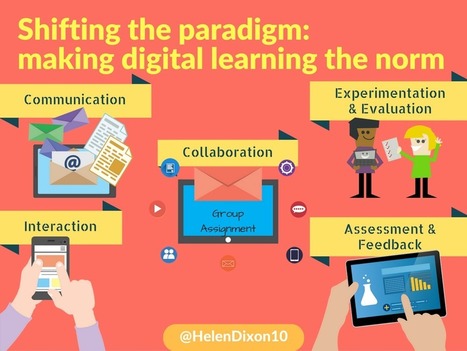Technology and collaborative work environments are changing the design of learning spaces. The idea that students must be seated at desks working in rows is quickly becoming archaic. Technology and collaborative work environments are changing the design of learning spaces. Experts hope that the emerging paradigm will translate into improved learning spaces and influence future architectural design. Stephen Heppell and expert panelists recently spoke in Australia about physical spaces in The changing face of Education. Heppell, an international expert in the fields of learning, new media and technology, is known for his “eyes on the horizon, feet on the ground philosophy”. He has moved countless organizations into the digital age. One such project, Ingenium, created a learning space that adapted to the needs of different types of learners. Kinaesthetic learners who might not benefit from traditional classrooms, for example, had ample space that allowed movement. The 21st century is challenging old notions of learning spaces…



 Your new post is loading...
Your new post is loading...












Lots of links to resources and some good suggestions.